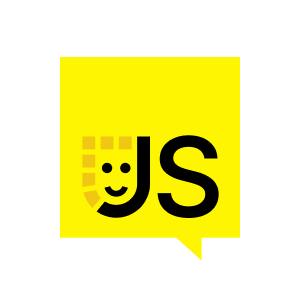Finally, Web Push API is available in all major browsers and platforms. It's a feature that can take your users' experience to the next level or... ruin it! In my session, after a tech intro about how Web Push works, we'll explore implementing smart permission request dialogues, various types of notifications themselves, and communicating with your app for more sophisticated scenarios - all done right, with the best possible UX.
Web Push Notifications Done Right
Video Summary and Transcription
Let's talk about web push notifications and their benefits. Web push notifications have higher opt-in and click rates compared to traditional methods. The web push API should be used responsibly, with subscription requests initiated only after explicit user action. Improve engagement by using emojis in notifications. Connect with the speaker on LinkedIn for more information about the web push API.
1. Introduction to Web Push Notifications
Let's talk about web push notifications. I'll share tips on using this powerful API. Web push works regardless of the application state, allowing notifications to arrive even if the app or browser is closed.
Hello, dear developers. Let's talk about web push notifications. In this short session, I'll share some tips and tricks on how to use this extremely powerful API for good. My name is Maxim Salnikov, I live and work in Oslo, Norway, I do developer engagement in Microsoft, and I'm a big, big fan of the developer communities.
I run few meetups, conferences, and you often find me presenting about web and cloud technologies on the stages of meetups and conferences. And you know what, folks? Let's stay on this slide for a couple more minutes because using this set of information pieces, I want to explain or remind you what is web push notification.
First of all, let's pretend that this is a notification that came to either our or our user's device, and it has a title. Actually, this is the only required component of a notification's API notification object, but definitely you want to use more components of it, like a body. This is actually main text of the notification. Also, many platforms support relatively small, at least by specification, graphical components, called icons that is normally placed somewhere close to the title and body. Then, actions. All platforms support at least generic actions when users click or tap on the notification bubble, and some platforms support even multiple set of the actions, where we provide name, icon, and actually what to do. You write the code yourself, of course. Some platforms support larger graphical component called Image in Notification API. These are pieces of information we send as developers or business owners. Also, there are some components provided by the system or operating system itself, because we want to let users know where this notification came from, and maybe they can take some extra actions. First of all, we talk about Web Push notifications. This is why there is always an icon of the browser where the application was running. Also, there is an origin where this notification came from, and a set of, let's say, extra actions, either as a menu item or a three dot item expanded to some extra actions. It's for the users to react somehow on, for example, unwanted notifications. They can either block the sender, or the browser, or notifications in general. That really depends on a particular platform, this set of features. This is anatomy of web push notifications, if you wish.
Then, let me provide some motivations. Why using web push notifications is a really nice way to reach out to your users. First of all, compared to all other ways we can organize communication between us, as developers or business owners, and users of our web app, web push has a very important advantage. It works regardless of the application state. So once subscribed, users can close application, application tab, they can close the browser, notification will arrive anyway. Of course, this is because modern browsers, they always have some background service component that is always on duty. This is how all this works.
2. Benefits of Web Push Notifications
Compared to traditional methods like SMS, web push notifications have higher opt-in and click rates. They are also more cost-effective due to the free delivery channel. Additionally, with 80% of Internet users now able to receive web push notifications, the potential reach is significant.
Compared to older or conservative or traditional ways to reach out to our users, for example, Push has way higher opt-in and click rates, compared to other traditional ways to reach out to users like, for example, SMS, it's way cheaper. And actually, since the delivered channel is completely free, we cannot even say how many times cheaper because we cannot divide by zero, right?
Then, I hope that my previous slide convinced you that the format itself is quite rich with different ways to express what we want to deliver to the user. And after all, it's at least relatively easy to set everything up and you can start sending message immediately. Of course, after your user's subscribed. And last but not least, motivation point is this one. After arrival of iOS 16.4 and the latest macOS, we now have 80% of Internet users who are technically can receive web push notifications. I think this is very impressive number.
Check out more articles and videos
We constantly think of articles and videos that might spark Git people interest / skill us up or help building a stellar career






















Comments